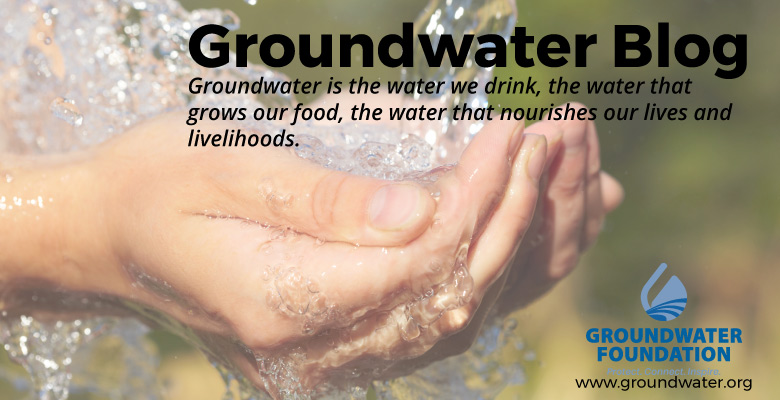by Jim Schneider, PhD, Olsson Associates
While working at the State of Nebraska’s Department of
Natural Resources (NDNR), I provided information to the state’s water managers
regarding the effect of past, current, and future groundwater use on Nebraska’s
aquifers and streams. This required the use of groundwater models, which are
numerical representations of these stream/aquifer systems.
While groundwater models can be extremely useful, they are
technically cumbersome and traditionally require extensive financial or human
resources to receive information. Unfortunately, water resources management
agencies typically don’t have the resources available to get the most out of
their models.
Here are two contrasting situations that illustrate this
point.
First, an extensive amount of financial resources had gone
into developing and completing a model simulation. The NDNR faced a deadline
for an annual report, and information from the simulation was statutorily
required to be incorporated into this report. The information dramatically
changed the perspective on the level of development in a large portion of
Nebraska. A review completed after the report was published revealed the model
simulation was an outlier, and additional analysis refined the results. The
damage to the public trust took years to overcome.
In the second situation, the State of Nebraska faced
litigation over a violation of an interstate compact. In response, a team of
scientists and planners spent years completing hundreds of model simulations,
and their work revealed the accounting system used to identify an overuse was
partially flawed and artificially inflated Nebraska’s overuse. The information uncovered
by these simulations led to the state creating a plan to ensure it would avoid
future violations. The accounting change and compliance plan were ultimately
approved by the United States Supreme Court.
The benefits of using models extensively became abundantly
clear, but how to efficiently provide that level of scientific inquiry for
situations less dire than Supreme Court litigation was not.
When I moved to Olsson Associates in September 2015, I was
able to develop more innovative techniques. Working with clients on a variety
of projects, I became convinced that the solution was to provide water managers
direct access to their groundwater models. Thus, the Groundwater Evaluation
Toolbox (GET) was born.
GET is truly a paradigm shift in the way groundwater models
are used to manage water. It’s now possible for anyone to use groundwater
models to answer specific water management questions, in real time, right at
their own desk. The software platform empowers water managers with an easy-to-use
interface that keeps their groundwater models running as many hypothetical
scenarios as desired, again and again. GET is a cloud-based software service
provided on a subscription basis, so a client pays once for an unlimited number
of runs. For more information on GET please visit get.olssonassociates.com.
__________
Jim Schneider is a
Senior Scientist on the Water Resources Team at Olsson Associates, Inc. in Lincoln, Nebraska. www.olssonassociates.com
The views expressed in this blog are those of the author(s) and do not necessarily represent the view of The Groundwater Foundation, its board of directors, or individual members.
The views expressed in this blog are those of the author(s) and do not necessarily represent the view of The Groundwater Foundation, its board of directors, or individual members.










